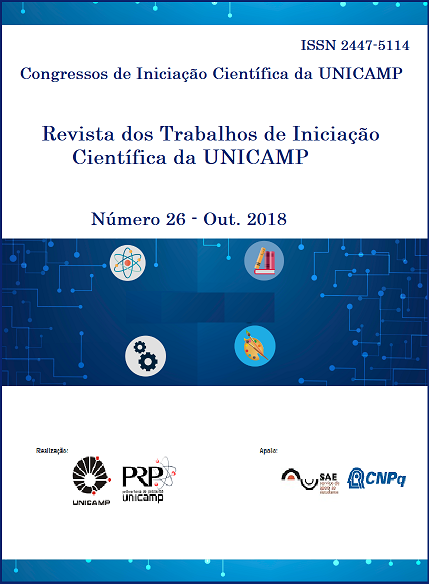Resumo
Increasingly, biofabrication is seen as a promising strategy in the tissue engineering and regenerative medicine fields. It proves to be a good alternative for drug and cosmetics testing and even for transplantation tissues and organs in humans. However, long before we dream with this science impacting our daily lives, we need to know it more on a smaller scale - the cellular interactions involved, the biomolecules, the transcription factors, the differentiation phases - it is all highly correlated, sensitive and complex. With the aim of reducing the investments of large sums of money and time with in vitro experiments, this work proposes the creation of a predictive model to the biological structures that will be biofabricated. From the use of mathematical and computational methods, simulations of biological phenomena are made through the translation of the biological processes described in the literature into logical processes written in programming languages. These in silico strategies make possible to iteratively refine physical and biochemical parameters before the in vitro stage. To exemplify this approach, an osteogenesis and angiogenesis implementation is shown in a virtual tissue spheroid (the bioprinting basic unit) - from mesenchymal and endothelial cells to a vascularized bone matrix.
Todos os trabalhos são de acesso livre, sendo que a detenção dos direitos concedidos aos trabalhos são de propriedade da Revista dos Trabalhos de Iniciação Científica da UNICAMP.
